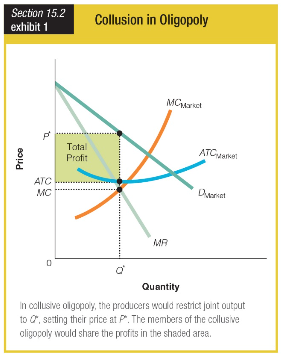The "middle-class" ideal that developed in the early 19th century included which of the following elements?
(a) Women were socially and legally equal to men and were encouraged to choose between working and staying in the home (avoiding wage-labor in the factories).
(b) Men were to be the income earners providing for the family's material needs while women were to play a greater role regarding the family's spiritual needs.
(c) Apprenticeships, rather than public schools, would better serve the need of preparing children for middle-class careers.
(d) Poverty among the lower classes was due not to their moral failure but rather low wages, uncertain employment, and lack of economic opportunity.
(b)
You might also like to view...
In the market depicted in the above figure, if a single-price monopoly maximizes its profit, which area shows the deadweight loss?
A) area FHIL B) area GHJM C) area IJH D) area LJK
An increase in the marginal propensity to consume will result in a(n): a. steeper consumption function
b. flatter consumption function. c. upward shift of the consumption function. d. downward shift of the consumption function.
What is the correct equation if the oligopolists restrict joint output to Q* and set their price at P*?

a. MC > MR at Q*
b. MR = MC at Q*
c. MC = P* at Q*
d. MC = P* at Q*
Which of the following explains why a $100 billion reduction in consumption spending might decrease equilibrium real GDP by more than $100 billion?
A. Say's law. B. The quantity theory of money. C. Flexible resource prices. D. The multiplier principle.